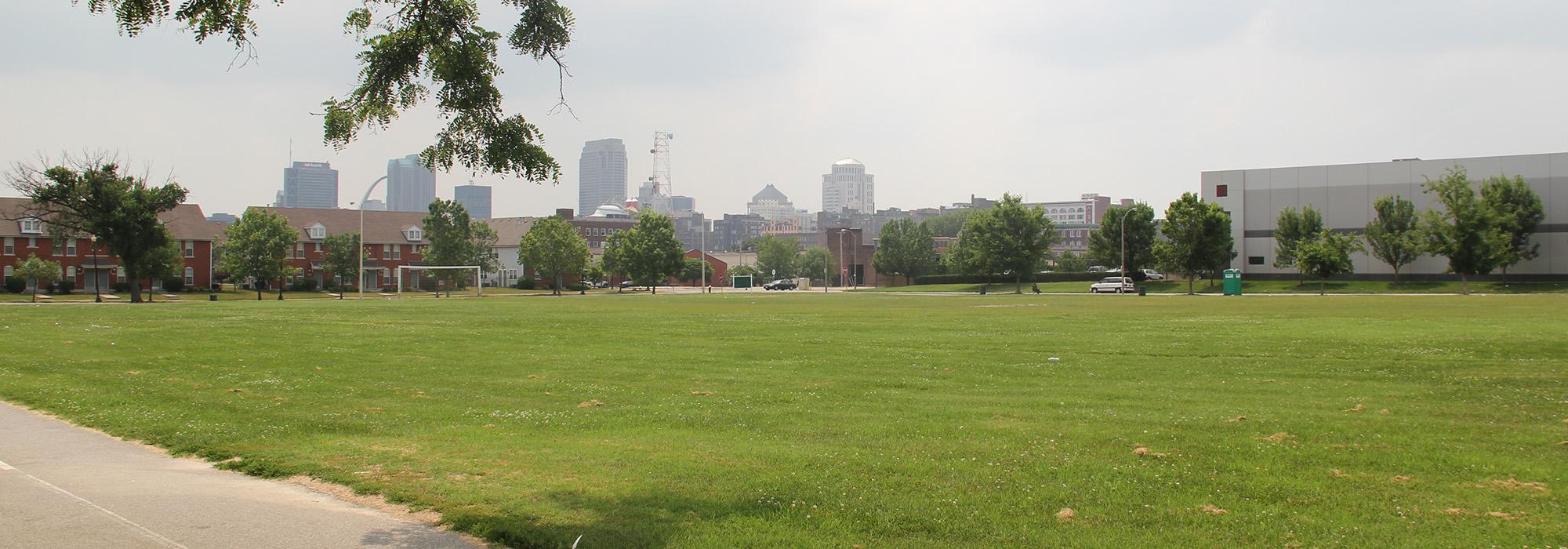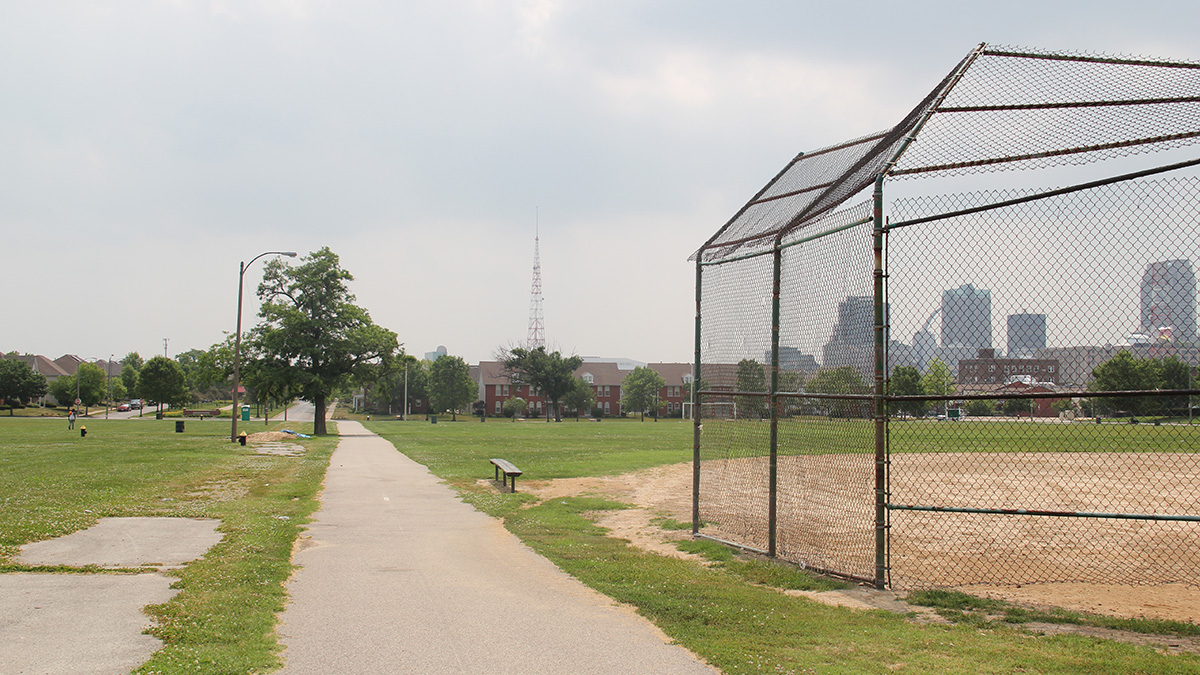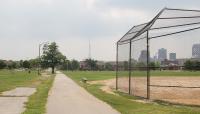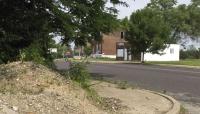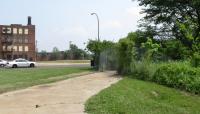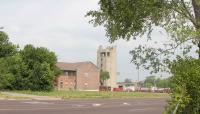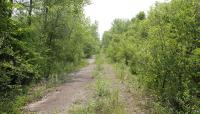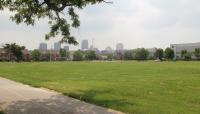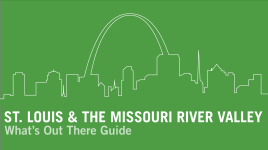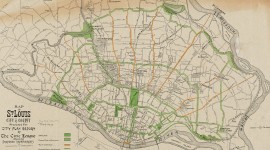Two miles north of the Gateway Arch, an undeveloped 33-acre site bisected by remnants of concrete paths and thick with overgrown grasses, shrubs, and deciduous trees is all that remains of one of the twentieth century’s most ambitious public housing developments. The 57-acre Pruitt-Igoe complex, located in the DeSoto-Carr neighborhood, featured 33 eleven-story concrete- and brick-clad buildings with nearly 3,000 residential units in total. The complex was designed by Minoru Yamasaki of the St. Louis-based firm Leinweber, Yamasaki, & Hellmuth, as part of the Housing and Redevelopment Act of 1949, which financed the construction of nearly 6,000 public housing units in St. Louis. Completed in 1954, the Igoe Apartments were originally designated for European-American residents and the Pruitt Homes for African-American residents. When the complex was desegregated in 1955, many European-American residents left, with occupancy dropping to nearly fifty percent.
The campus design was influenced by Le Corbusier’s Modernist approach, focusing on a strategy that afforded residents views of a lush arboreal landscape. The rich formal landscaping planned for the campus, following principles of city planner Harland Bartholomew, was omitted through budget cuts in favor of sparse deciduous tree plantings, a baseball field, and scattered playground elements. The Superblocks, inserted to replace precarious tenement housing, created an acontextual contrast with the surrounding grid of single-family homes. Lack of continuity with its surroundings and capital disinvestment ultimately led to the demolition of the complex in 1972.
Extant asphalt paving, curbs, streetlights, and roadside sidewalks trace the routes that residents once traversed. Brick and limestone rubble are scattered throughout today, obscured by decades of unmanaged vegetative growth. Where broad lawns once spread between the towers, prairie grasses now grow. Several unoccupied outbuildings from the housing complex remain, as well as connections to amenities and institutions that once served the residents.



